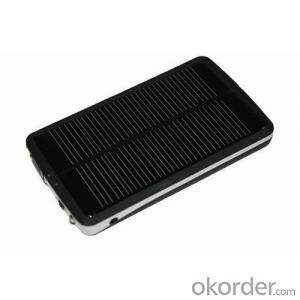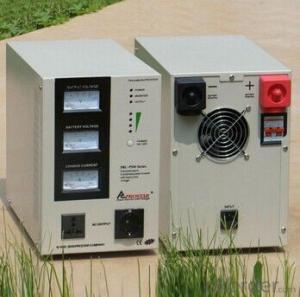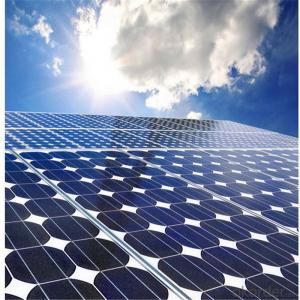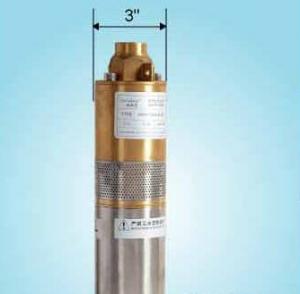Best Solar Inverter 2022
Best Solar Inverter 2022 Related Searches
Best Solar Inverter Best Solar Inverter 2023 The Best Solar Inverter Best Solar Power Inverter Best Inverter Solar Solar Best Inverter Best Solar Battery Inverter Solar Inverter Best World Best Solar Inverter Best Solar Panel Inverter Which Solar Inverter Is Best Best Inverter For Solar Best Home Solar Inverter Best Solar Inverter For Home Best Solar Inverter 2019 Best Solar Hybrid Inverter Best Inverter For Solar System Top Solar Inverter Best Inverter Solar System Best Inverter Solar Panel Best Solar Inverter Brands Best Solar Inverter Generator Best Solar Pump Inverter Best 12v Solar Inverter Best Hybrid Solar Inverter Best Inverter For Solar Panels Best Solar Inverter Charger Solar Inverter Best Brands Best 24v Solar Inverter Best 24 Volt Solar InverterBest Solar Inverter 2022 Supplier & Manufacturer from China
The Best Solar Inverter 2022 is a collection of top-performing solar inverters that have been carefully selected for their efficiency, reliability, and technological advancements. These products are designed to convert the direct current (DC) generated by solar panels into alternating current (AC), which can then be used to power homes, businesses, or fed back into the electrical grid. The Best Solar Inverter 2022 caters to a wide range of applications, including residential, commercial, and utility-scale solar power systems. They are essential components in any solar energy setup, ensuring that the generated electricity is compatible with the existing power infrastructure.The Best Solar Inverter 2022 products are designed to meet the diverse needs of various solar power applications. For instance, in residential settings, these inverters can help homeowners reduce their electricity bills and increase their energy independence. In commercial applications, they can contribute to a business's sustainability efforts and potentially lower operational costs. Utility-scale solar farms also rely on these inverters to maximize energy output and efficiency. Regardless of the application, the Best Solar Inverter 2022 ensures that solar power systems operate at peak performance, providing clean and reliable energy.
Okorder.com is a reputable wholesale supplier that offers a comprehensive inventory of the Best Solar Inverter 2022 products. With a large selection of models and brands, Okorder.com caters to the needs of various customers, from individual homeowners to large-scale solar project developers. Their extensive inventory ensures that customers can find the right inverter for their specific solar power system, whether it's a small residential setup or a large-scale commercial installation. By partnering with Okorder.com, customers can benefit from competitive prices, reliable product quality, and efficient shipping services, making it a go-to source for the Best Solar Inverter 2022.
Hot Products

















































